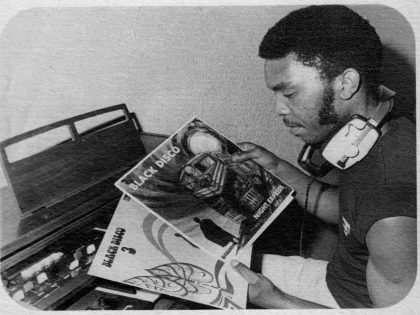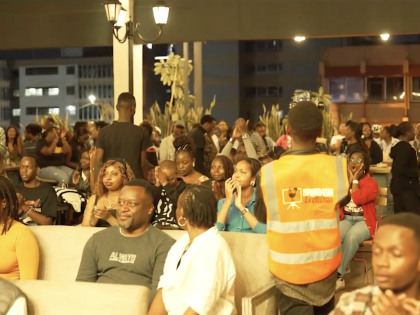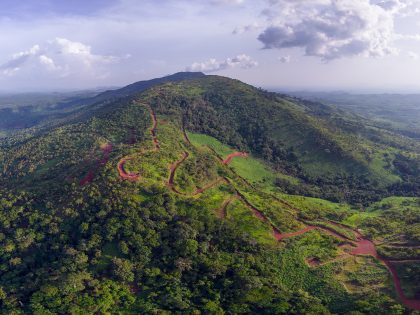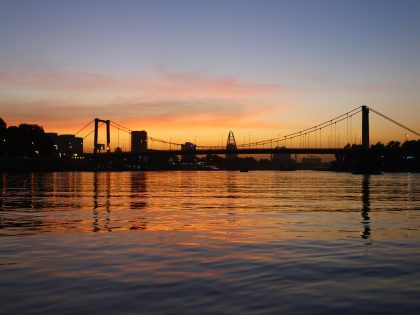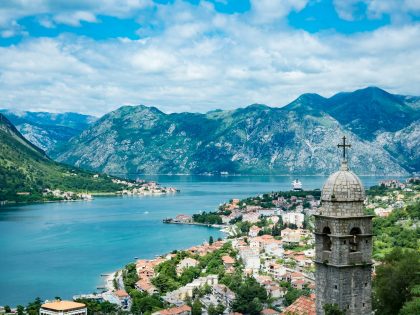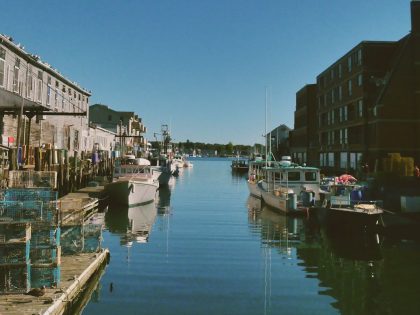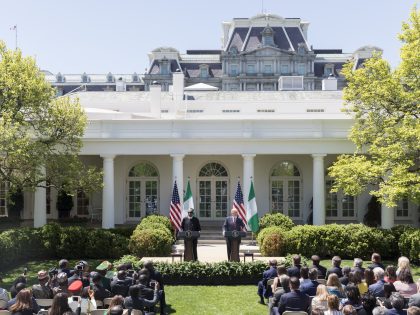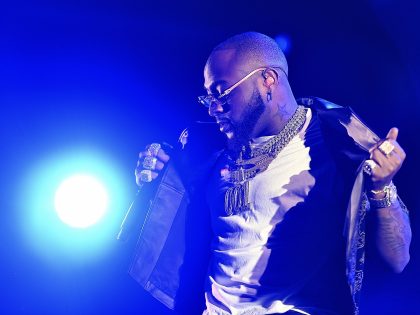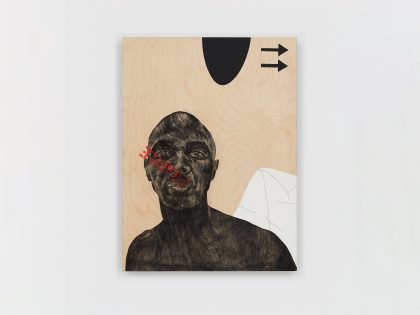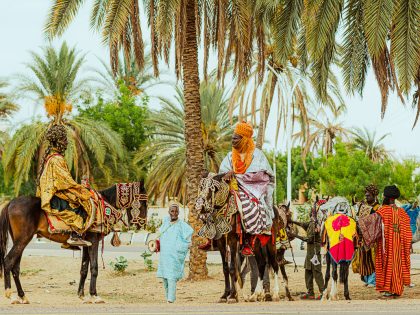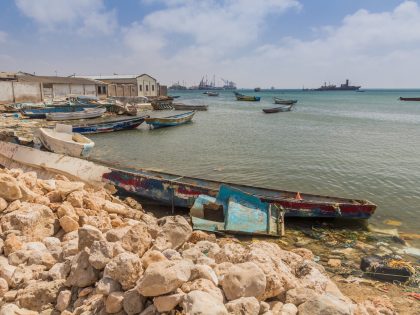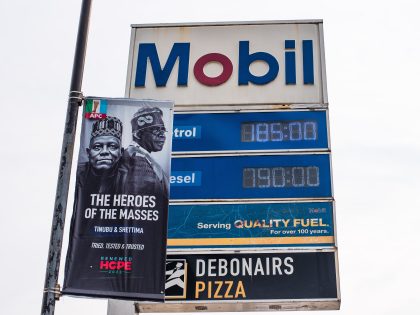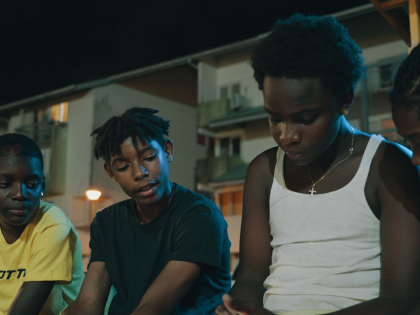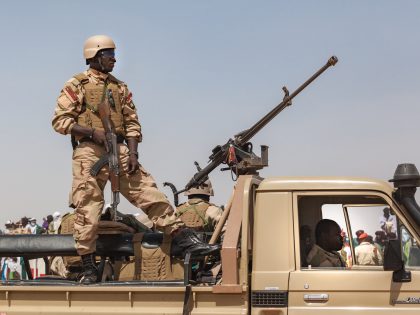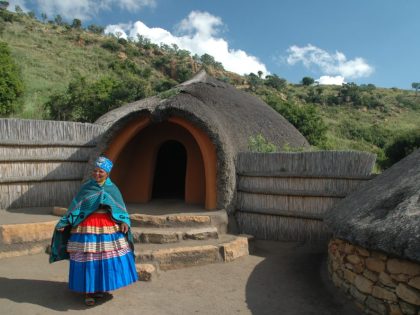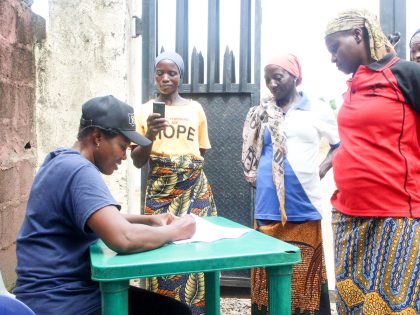Tim Hetherington 1970-2011
The war and conflict photographer Tim Hetherington started his career in the conflicts in Liberia and Sierra Leone, where he did not just photograph war.

Images by Tim Hetherington.
The photojournalist, Tim Hetherington (born in Liverpool in 1970), was killed in Libya this week. In the same incident, another photographer, the American Chris Hondros, who has also done work for a number of major Western publications, was also killed. The tragic news was first posted on Facebook by their colleague, Andre Liohm. Both Hetherington and Hondros made their reputations as “war and conflict photographers,” especially in West Africa. Hetherington later went to work mainly in Afghanistan, photographing the US invasion and occupation there.
Hetherington started his career in the conflicts in Liberia and Sierra Leone. He was on many photographers’ favorite photographer list. For example,. Glenna Gordon, a friend of this site, featured him on her “5 favorite photographers” list. At the time she described him as an “ideas guy” and “finding these moments of tenderness in humanity in these situations” of extreme violence. (Sidenote: Another of those featured in Glenna’s interview, Lynsey Adario, was briefly held hostage by pro-Gaddafi forces, before she was released last month).

One thing about Hetherington is that while he became known for documenting war, he also did work like”Blindsided” (or “Portraits of the Blind”) about blind people in Sierra Leone. He took the images between 1999 and 2003 at the Milton Margai School for the Blind in Freetown, Sierra Leone. The school was named for a former president of Sierra Leone. You can see Hetherington talk about his work here and here (as part of a larger panel).
It is also worth watching this experimental short film–which “expresses the subjective experience of my work, and was made as an attempt to locate myself after ten years of reporting.”

